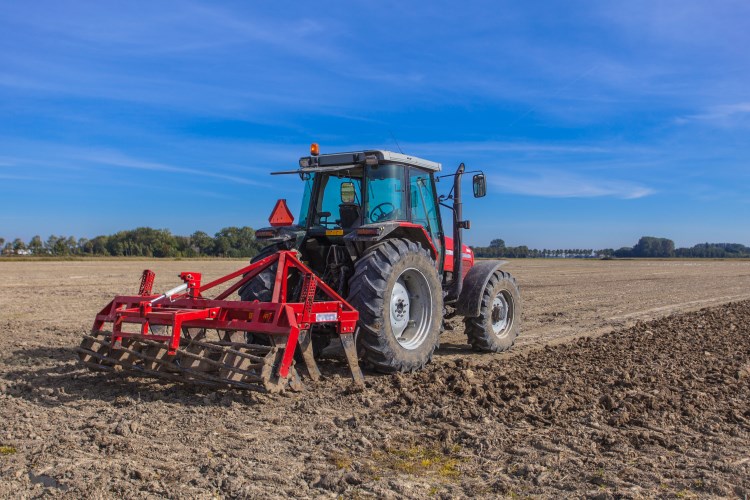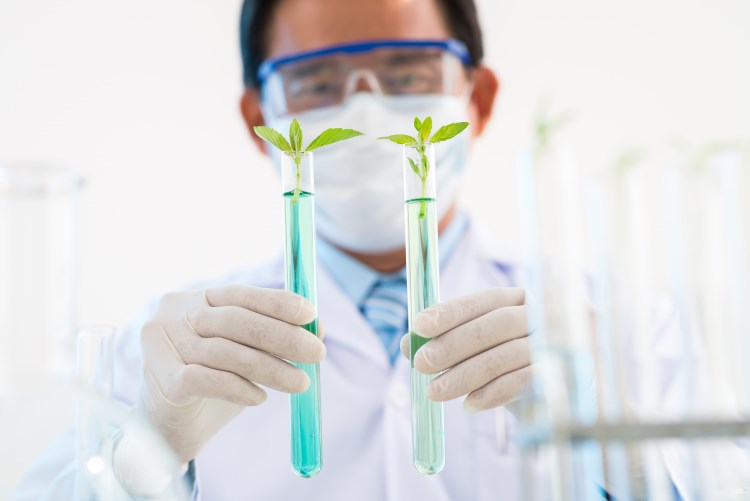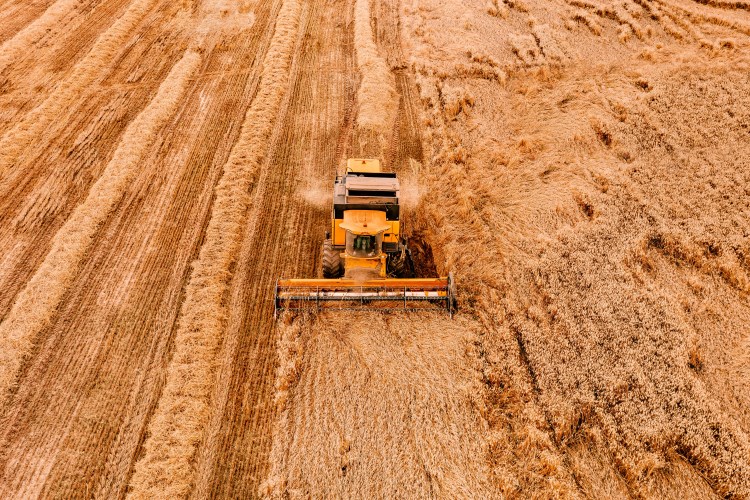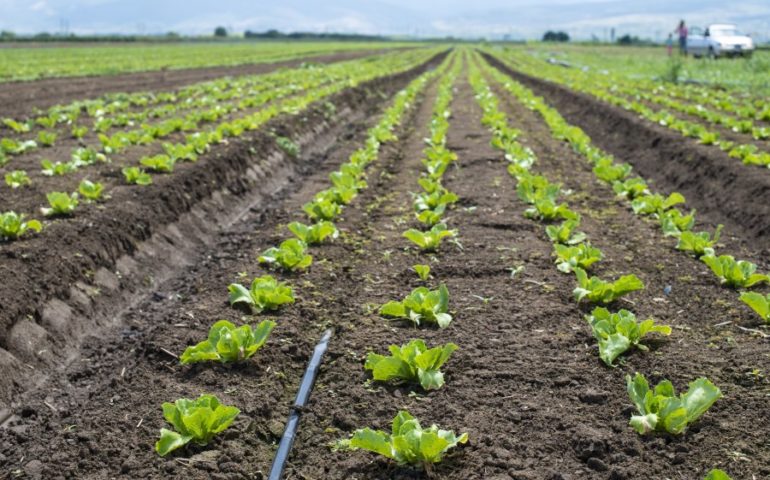With the current pandemic having caused disruption the World over, now is an important time to consider how we grow food.
Historically, the UK produced plenty of food but over the years more and more has been imported.
Agriculture has always been a crucial component of human civilization, and that remains just as true today.
However, farms take up much less land these days thanks to scientific and technological innovations that have allowed industrial farming to condense a much greater yield in a much smaller space. These innovations and the resulting efficiency increase on industrial farms are true modern marvels. Here’s what you need to know.
Working the Field
Growing crops starts with a preparatory stage that traditionally involves tilling the land with a hoe in order to aerate the soil before fertilizing the soil and planting seeds.

Tractors make short work of tiling the land
All of this remains true on an industrial farm except the means by which it is accomplished. Soil is now worked via tilling machines that enable a farmer to pull the device via a tractor while the machine tills the soil over a much larger range and in discrete rows.
Fertilizing the land
Fertilizer has historically been cow manure, a handy means of using what is otherwise waste from livestock, but modern fertilizer offers a scientifically derived blend of chemicals that have been processed by fluid bed drying in order to render it more pliable.
GMO crops
Seeds themselves have been altered, as well, on a genetic level. The term “GMO” understandably raises many concerns. This is not the same as selective breading, which was previously done to ensure the best version of a plant continued to thrive.

GMO crops are prevalent in modern food production
GMO crops have been altered in a lab, at the genetic level, and have had their DNA altered in order to produce a specific change in how they grow and develop.
Crop rotation
In addition to better fertilizer, higher quality soil mixtures can radically transform the productivity of a farm by ensuring a given crop has all the nutrients that it needs within the soil.
In addition, the practice of crop rotation helps to avoid robbing the soil of all of its nutrients by rotating out what kinds of crops occupy a given space, thereby pulling different nutrients from the soil in different seasons.
Each type of crop has different requirements when growing, such as how much nitrogen it uses. Rotating crops ensures that the soil is ideally never depleted of one kind of nutrient.
Harvesting Crops
Harvesting crops has been done traditionally by hand in cases of fruiting crops like tomatoes or with a handheld tool like a scythe or a sickle in the case of crops like wheat.
While industrial farms still use the same fruit picking methods to avoid damaging the perennial plants or the fruit itself, large farms mean large staffs of people to do this more labour intensive task more quickly and efficiently.

Combine harvester gathering wheat efficiently
Massive machines called combine harvesters are employed in order to harvest a vast amount of grains like wheat by doing so en masse while also consolidating 3 distinct steps:
- Reaping
- Threshing
- Winnowing
Given the proliferation of grains like wheat, this feat alone is extremely beneficial. In addition, the process of Agroforestry offers farms the option of combining orchard operations and farming operations, things that have traditionally been separate.
Livestock
Traditional livestock farming would have seen a slower, more methodical approach to milking cows, for example, whereas modern cow milking is largely automated, speeding up production immensely.
Cows also seem to respond very positively to the rotary milking parlours in use today, often enjoying the process a little too much and not wanting to leave!
Animal feeding in part has benefited from the same general idea of condensing a large operation into a more compact space, and this is done via concentrated animal feeding operations in which many animals of the same type are fed together in an interior area.
Meanwhile, cows’ grazing habits remain virtually unchanged, but their grazing locations are rotated in a manner similar to that of crop rotation in which the location is changed so that no one location is not exhausted of grass and forage.
Farming will almost certainly always be a cornerstone of civilization, but it has come a long way from even 50 years ago. Modern farming is a great example of how science and technology can solve many of our problems, including keeping up with the dietary demands of an ever growing population.














